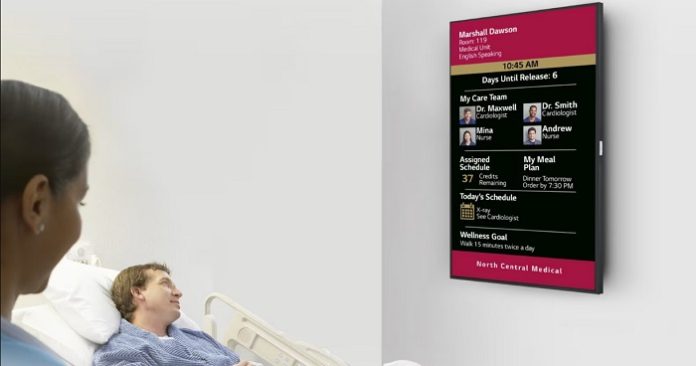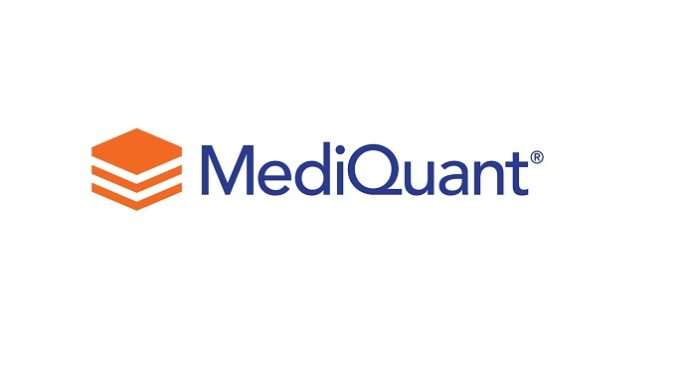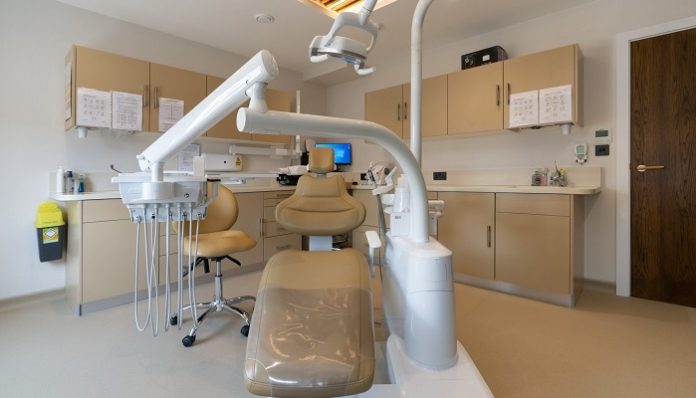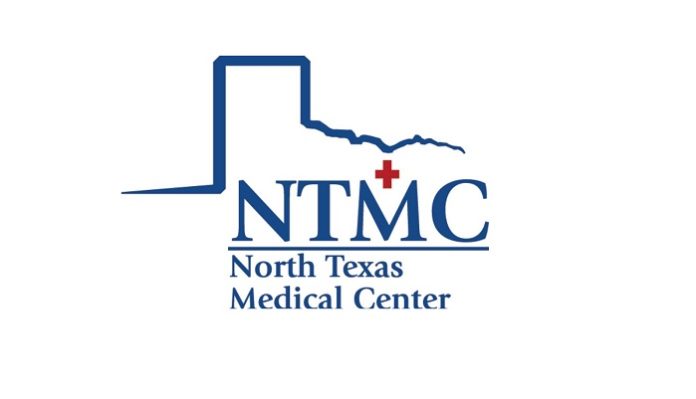Dental veneers have transformed smiles across the globe, ushering in a new era of confidence and beauty. Once a secret of the stars, they’ve become a popular choice for many seeking perfection in their smiles. These thin, custom-made shells not only offer remarkable aesthetic appeal but also open doors to a world where self-assurance and charm become second nature.
This article aims to explore the world of dental veneers, delving into everything from what they are to how they’re applied. Whether considering veneers for personal use or simply curious about this dental innovation, this comprehensive guide will provide all the essential details.
1. Understanding Dental Veneers
Dental veneers are thin shells designed to cover the front surface of teeth. These shells enhance the appearance of teeth and grant a natural and captivating smile. They are carefully crafted from porcelain or resin composite materials to match the natural color of teeth.
The choice of material can significantly impact the look and feel of the veneers. Porcelain tends to replicate the light-reflecting properties of natural teeth, whereas resin might be thinner and require less removal of the tooth surface.
Attaching veneers to teeth requires precision and expertise. First, a small portion of the tooth’s surface is removed to make space for the veneer. Then, a dental adhesive is used to bond the veneer to the original tooth. This process ensures a seamless integration with the rest of the teeth, achieving a flawless and long-lasting smile. Finding a local cosmetic dentist with experience in this procedure can make all the difference in the results.
2. Benefits Of Dental Veneers
The allure of dental veneers extends far beyond their capacity to transform a smile. Among the most prominent advantages is the remarkable enhancement in appearance they provide. Veneers can correct discoloration, misalignment, and even gaps between teeth, leading to a more harmonious and radiant smile.
Another noteworthy benefit is the veneers’ resistance to staining. Unlike natural teeth, which can easily become discolored by coffee, tea, or wine, dental veneers maintain their pristine appearance. This resistance to discoloration ensures a consistent and brilliant smile over time.
Longevity and robustness also set dental veneers apart. When cared for properly, they can last for many years, offering a durable and steadfast solution to a wide array of dental imperfections. The quality materials and expert application contribute to this lasting impact, symbolizing an investment not only in appearance but in long-term dental health as well.
3. The Procedure For Applying Veneers
The journey to a flawless smile through dental veneers is a well-structured process, each step essential in achieving the desired result.
-
Consultation And Planning
Initially, a consultation with a dental professional is necessary. Here, the goals, expectations, and concerns are discussed. An examination of the teeth will determine if veneers are the right option. This stage might also include taking X-rays and making impressions of the mouth and teeth.
Preparing the teeth comes next. A small portion of enamel is removed, roughly equivalent to the thickness of the veneer to be added. This ensures the veneer fits perfectly and looks natural. Local anesthesia might be used to minimize discomfort.
The dentist then makes a model of the tooth. It is sent to a dental lab, where the veneer is created. This process usually takes one to two weeks. In some cases, temporary veneers might be placed while waiting for the permanent ones.
Finally, the veneer is ready to be placed. Before permanently bonding it, the dentist will ensure it fits properly. Adjustments in color or fit might be necessary. Once perfect, the tooth is cleaned, polished, and etched to ensure strong adhesion. A special cement is then used, and a light beam activates chemicals in the cement to harden it quickly.
This meticulous process illustrates why choosing an experienced dental professional is vital. The result is a smile that not only looks beautiful but feels comfortable and natural as well.

4. Care And Maintenance
Securing a beautiful smile with dental veneers is only the initial part of the journey. Maintaining that luster requires attention to proper care and diligence.
Routine oral hygiene is crucial for veneers, just as with natural teeth. Brushing and flossing daily, using a non-abrasive fluoride toothpaste, helps maintain their appearance and integrity. Gentle care is key to avoid scratching or damaging the veneers.
Scheduling consistent visits to a dental professional is essential for the longevity of veneers. These appointments enable early detection of any potential issues and provide an opportunity for professional cleaning, keeping the veneers in optimal condition.
-
Tips For Prolonging The Life Of Veneers
Some practical considerations can further extend the life of veneers. Avoiding habits such as biting nails, chewing on hard objects, or using teeth to open packages can prevent undue stress on veneers. Additionally, for those who grind or clench their teeth, a night guard might be recommended to protect the veneers.
Investing in the proper care and maintenance of dental veneers can ensure they remain a vibrant and integral part of an attractive smile for many years to come.
Conclusion
Dental veneers are more than a cosmetic enhancement; they’re a path to a radiant smile. It’s not just about getting them placed by a dentist; it’s about knowing how to care for them. So, find a good dentist, learn the right steps to keep them looking great, and get ready to smile with newfound confidence.




























